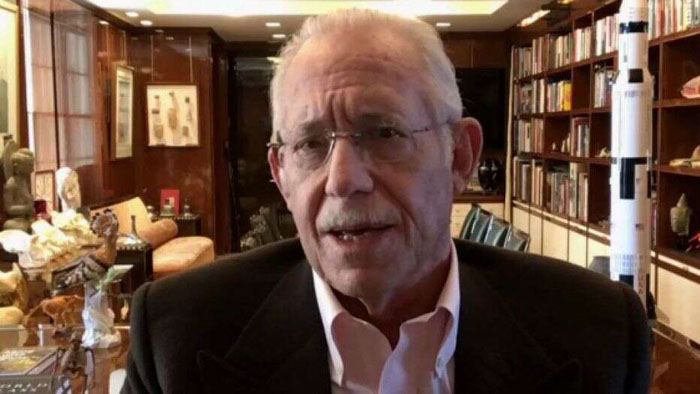By Dr. William Haseltine | Fox News
As America enters what President Trump warns will be its “toughest week,” many are hoping that lockdown measures introduced in cities and communities across the country will lessen the devastation we face. The strict social distancing guidelines are an attempt to flatten the curve, an approach that has been described as America’s best bet at drawing the coronavirus outbreak under our control.
While it is true that flattening the curve is an important tactic, it may not be sufficient to end the epidemic quickly. In principle, “flattening the curve” slows the rate of new infections, but the total number of infections under the curve may remain the same. Our goal should be to reduce the total number of people exposed and infected, not just slow down the spread of the disease.
There may be an important benefit to flattening the curve, even if the total number of infections remains the same. By relieving the immediate and acute burden on hospitals and health systems, health care workers have a shot at providing the best possible care for every patient, which may result in fewer deaths.
DR. QANTA AHMED: CORONAVIRUS – A TRIBUTE TO PATIENTS AND THEIR FAMILIES FROM AN ICU IN NEW YORK
But the downside of a singular focus on flattening the curve may be that we extend the duration of this epidemic over months and perhaps even years. The most likely scenario we face today with the lockdown measures we’ve introduced is a successive series of reinfections over a prolonged period of time.
Think of it in terms of waves, with a surge in the outbreak like what we see today ebbing when the impact of social distancing measures takes effect, only to surge again when lockdowns are lifted and infections in other parts of the country reignite the spread of the virus in areas that once had their outbreak under control.
The effect of this prolongation on businesses, the economy and for each of us as individuals remains obscure. Will any one of us feel comfortable re-entering normal life when we know the next wave of infection lurks just around the corner?
Singapore for example, a country that acted early and seemed to have brought its epidemic under control, is now shutting down, shifting most businesses and schools online. Cases in the country have doubled in the past 10 days, in part due to citizens returning home with new infections carried back from abroad. Their experience is a bellwether of what may await us here.
To end the epidemic, we must not focus solely on flattening the curve but completely extinguishing it. This means reducing, then eliminating, the number of new infections.
The only thing we know now that can reduce infections immediately is widespread testing, exhaustive contact tracing, and mandatory quarantine of all of those known to be exposed, regardless of their test results.
A successful vaccine would bring a lasting end to the pandemic, but we know that such a solution is at minimum a year away and likely much longer. There are other options that could bring a quicker endpoint. Many existing antivirals to treat the disease and prevent further infection have been fast-tracked to clinical trials, while dozens of other potential candidates are in preclinical development. Passive immune therapies – where manmade or laboratory-made antibodies are given to the ill and to those at risk to boost their immune system responses – have also shown potential. But we have yet to determine whether these approaches will work and, even if they do, it will still be many months before these options are widely available.
The only thing we know now that can reduce infections immediately is widespread testing, exhaustive contact tracing, and mandatory quarantine of all of those known to be exposed, regardless of their test results. In addition, a two-week quarantine should be mandatory for all travelers entering the country from abroad or traveling between cities in America. We know these measures work, as they have come close to extinguishing outbreaks in several East Asian countries.
But here in the United States, only one state has launched a similarly robust contact tracing effort. In Massachusetts, Gov. Charles Baker recently partnered with the global health nonprofit Partners in Health to establish a virtual call center, staffed with 1,000 contact tracers. The contact tracers will call people who test positive for COVID-19 to make sure they are not spreading the infection further and to find out where they went and who they met with over previous days.
Then the tracers will contact all the people who crossed paths with the infected person to warn them of their potential exposure and, most importantly, to direct them to isolate themselves immediately so that they don’t spread their potential infection on.
One state out of 50 is not nearly enough, but at least it is a start.
As we begin to see signs of hope that the outbreak in places like Washington state and New York is starting to slow, let us not be irrationally optimistic about the effect of our lockdowns and social distancing measures on the true scope of this epidemic. Without a change in our approach to testing and tracing, it may only take one new infection, undetected and unnoticed, for the next wave to be upon us.






